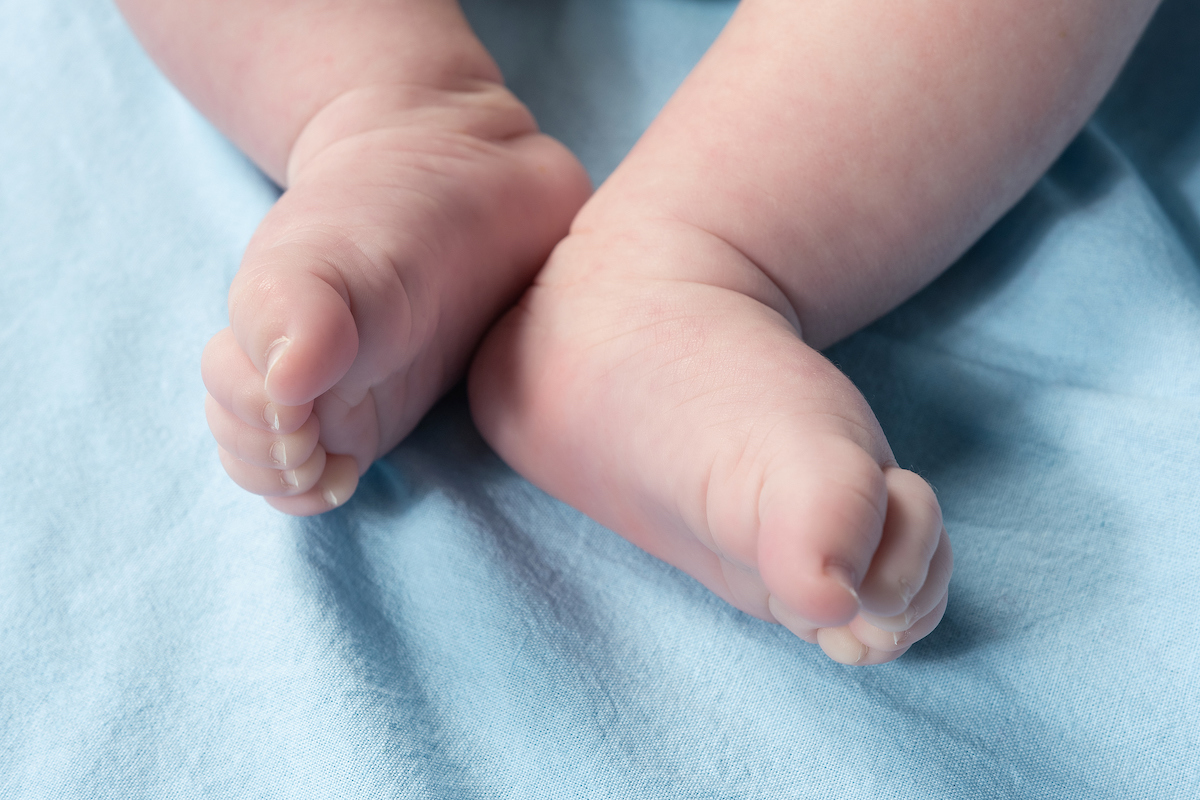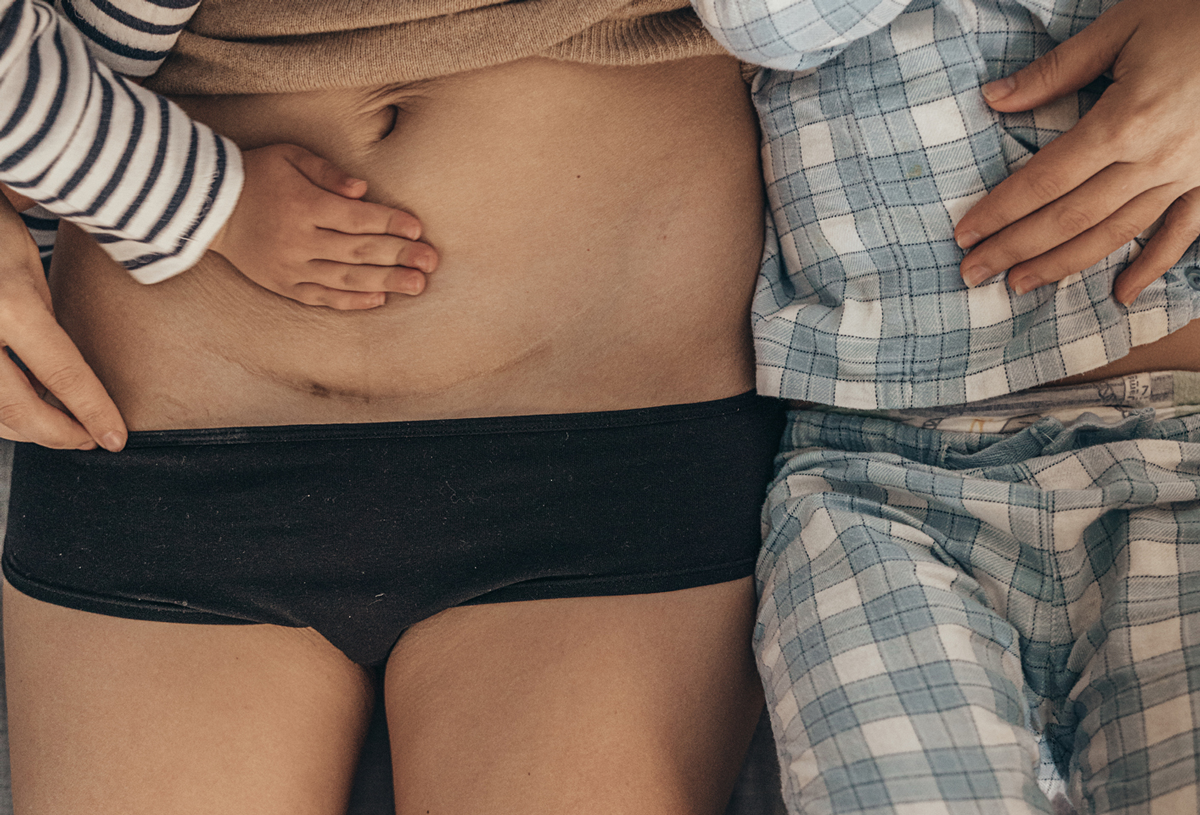When I wrote and revised Expecting Better, I was aiming to be as comprehensive as possible in the topics I covered. In my ideal world, you’d be able to read that book and know everything you’d want to know about pregnancy and birth. In reality, a book that literally did that would be thousands of pages long. There just wasn’t enough space to delve deeply into some topics, like breech delivery.
This is part of what I value most about this newsletter — the ability to do a deeper dive into these issues. So here we go: breech babies. External versions, method of delivery, decision-making. It’s all here.
(For those of you scratching your head: a “breech baby” is one who is not head-down in utero. When delivered, some other body part would come out first.)
First: a bit of reassurance. People often express concern that a baby being breech is a sign of some broader issue. While it is true that some fetal complications increase the risk of a breech delivery, they are things you would know about from ultrasounds and prenatal testing. Other than the questions about birthing, breech position isn’t a cause for concern.
A second piece of reassurance is that babies who are breech do often turn on their own. In one study, 57% of babies who were breech at 32 weeks — and 25% of those who were still breech at 36 weeks — had turned head-down by delivery. Even after 37 weeks, some babies turn on their own.
If the baby doesn’t turn on their own, and the pregnancy is at term (after 37 weeks), there are two central questions: (1) Should you try to turn the baby with an “external cephalic version” (ECV)? (2) If the baby isn’t turned (either you do not try or it doesn’t work), should you plan a cesarean section or try a vaginal delivery?
What is ECV?
An ECV is a procedure that is performed at or close to term in which the doctor attempts to turn the baby from the outside. Broadly, it involves applying cornstarch or gel over the abdomen and then using hands to try to somersault the baby either backward or forward in the uterus. (Apparently some people prefer backward, some forward.) The details of how this all works are fascinating but too long for this newsletter. A pain reliever, like an epidural, can be used during the procedure but often isn’t, since it’s not usually necessary.
An ECV is successful about half the time. We know this from randomized trials and meta-analyses of both randomized and non-randomized data. The largest meta-analysis is based on about 185,000 breech pregnancies, so it’s quite precise. There are some factors that decrease the chance of success, including it being your first child, low amniotic fluid, and “firm abdominal muscles.”
The risks to the procedure appear to be low, so it is typical to offer it to women if they are interested in a vaginal birth and the fetus is still breech at 37 weeks.
What’s the right approach to delivery if ECV doesn’t work?
Let’s move now to the case where an ECV either didn’t work or wasn’t available. What is the right approach to delivery?
To think about this, it’s useful to start with why breech delivery is more complicated. The basic issue is that an infant’s head is very large. If that comes out first, there is a high level of confidence that the rest of the baby will be able to fit through the cervix (i.e. that it is sufficiently dilated for that to happen). In a breech presentation, something other than the head would come through first.
In some cases, this is extremely dangerous. If, for example, a leg came through first, that could happen before the cervix was dilated enough for the baby. This is risky for the baby. In other presentations — as in “frank breech,” where the butt or legs are first (think of the baby as folded at the middle) — there is less of this concern, because the first part through would still be large. As a result, it’s much less likely that the head would be stuck.
Even in this second case, though, it is more complicated to deliver a breech baby than one with their head down. The delivery procedure involves (typically) one leg at a time, then the arms, then the head. There are various maneuvers, with names like the Mauriceau-Smellie-Veit maneuver and the Bracht maneuver, that may or may not be used.
My point here is that delivering a breech baby is more complicated on average and requires an additional knowledge base. On the other hand, it is also definitely possible, at least in some presentations.
Given that it is possible to deliver some breech babies vaginally, but also that it seems like it might entail a higher risk, a number of randomized trials have evaluated whether it is safer for a pregnancy to try a vaginal birth with a breech baby or to plan a cesarean section. The best-known of these is the Term Breech Trial, published in 2000 in The Lancet. In this trial, 2,088 women with breech pregnancies at 37 weeks were randomly assigned to either a scheduled C-section or a trial of vaginal labor. The main outcomes were complications for the infant.
The headline finding was that neonatal mortality was lower for the planned cesarean birth group than for the planned vaginal birth group. This finding has been echoed in other trials, and a 2015 meta-analysis shows a similar overall pattern. It is worth noting that the differences in risk are small in absolute terms, and follow-up of these studies finds no differences in outcomes for children.
The Term Breech Trial had a huge impact on clinical practice. Following that trial, there was an increase in the use of C-sections for breech births. The graph below shows — among all U.S. births — the share of breech deliveries by C-section. (This is from a paper I once tried to write but never finished…)
You can see the increase in C-sections following the publication of the trial (the first solid line). The short-lived plunge downward seems to be a result of follow-up information that showed no longer-term outcome differences across birth groups. Still, the overall trend is up. This graph stops in 2005, but there hasn’t been a reversion.
What this means is that the default choice, at this point, is a C-section for breech deliveries. The question arises, though: Is it possible to try a vaginal birth?
The evidence says yes, with some caveats. For data, we can look to the PREMODA study in Europe. This study wasn’t randomized, but the researchers followed women who planned a vaginal birth with a breech delivery and those who planned a C-section. They found that there were no significant differences in outcomes in the two groups and that 71% of the planned vaginal deliveries did happen vaginally. The study concluded that, in some circumstances, a vaginal delivery may be possible.
I say “caveats” because, first, the criteria for a vaginal birth to be a possibility in this study were fairly strict. They included normal pelvic size, as assessed by x-ray; no fetal head hyperextension (on ultrasound); a fetal weight of 2,500 to 3,800 grams (smaller than about 8.5 pounds); and frank breech presentation. In general, if this is an option, it will be one only under very favorable circumstances. Effectively, anything that puts you in a higher-risk group (e.g. large fetus, any complications) will make it unlikely to be an option.
A final issue, especially in the United States, is provider experience. Because C-sections have become the default, not all providers are familiar with breech vaginal deliveries. Experience can really matter, especially since, as noted at the top, the procedure is slightly more complex. If you want to pursue this option, you may need to seek out a provider who does it more often. That can be hard at the last minute.
ECV decision framework
- If your baby is breech at around 32 weeks, try not to worry too much — more than half of cases will resolve on their own.
- If your baby is still breech at 37 weeks, you have several realistic options:
- Plan a C-section.
- Try an ECV (success rate ~50%) and, if unsuccessful, plan a C-section.
- Try an ECV and, if unsuccessful, consider a vaginal birth.
I can see cases for all of these, depending on your preferences. It’s important to note that if you do want to try a vaginal birth, it’s recommended to find a provider who is experienced and comfortable with this. And to be prepared for things to change at the last minute.

















